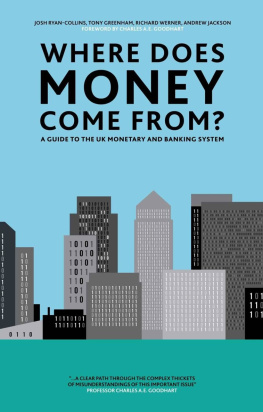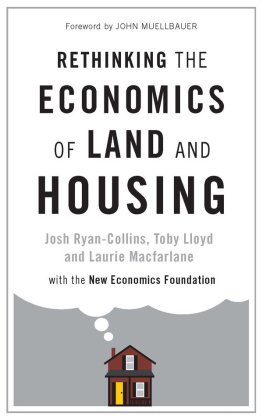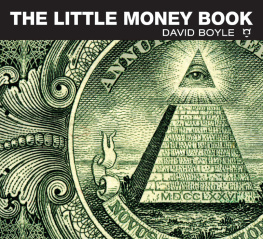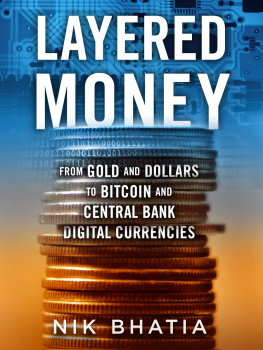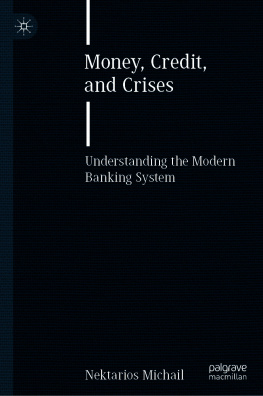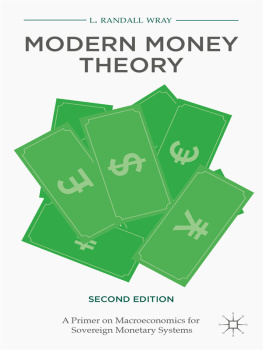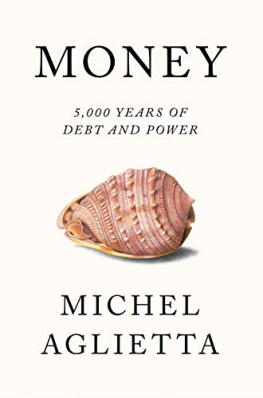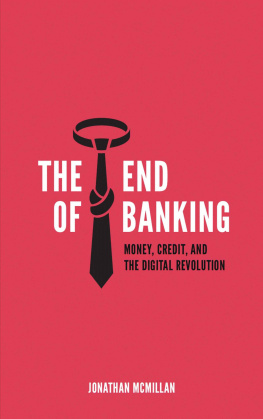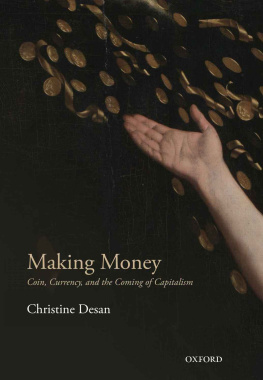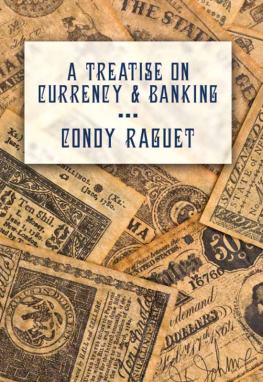Refreshing and clear. The way monetary economics and banking is taught in many maybe most universities is very misleading and what this book does is help people explain how the mechanics of the system work.
David Miles, Monetary Policy Committee, Bank of England
It is amazing that more than a century after Hartley Witherss The Meaning of Money and 80 years after Keyness Treatise on Money, the fundamentals of how banks create money still need to be explained. Yet there plainly is such a need, and this book meets that need, with clear exposition and expert marshalling of the relevant facts. Warmly recommended to the simply curious, the socially concerned, students and those who believe themselves experts, alike. Everyone can learn from it.
Victoria Chick, Emeritus Professor of Economics, University College London
I used Where Does Money Come From? as the core text on my second year undergraduate module in Money and Banking. The students loved it. Not only does it present a clear alternative to the standard textbook view of money, but argues it clearly and simply with detailed attention to the actual behaviour and functioning of the banking system. Highly recommended for teaching the subject.
Dr Andy Denis, Director of Undergraduate Studies, Economics Department, City University, London
By far the largest role in creating broad money is played by the banking sector... when banks make loans they create additional deposits for those that have borrowed.
Bank of England (2007)
WHERE DOES MONEY COME FROM?
A GUIDE TO THE UK MONETARY AND BANKING SYSTEM
JOSH RYAN-COLLINS
TONY GREENHAM
RICHARD WERNER
ANDREW JACKSON
FOREWORD BY
CHARLES A.E. GOODHART
Where Does Money Come From?
Second edition published in Great Britain in 2012 by
nef (the new economics foundation).
Reprinted 2011
The moral right of Josh Ryan-Collins, Tony Greenham, Richard Werner and Andrew Jackson to be identified as the authors of this work has been asserted by them in accordance with the Copyright, Designs and Patents Acts of 1988.

Some rights reserved. No part of this publication may be reproduced, stored in a retrieval system or transmitted in any form or by any means, electronic, mechanical or photocopying, recording, or otherwise for commercial purposes without the prior permission of the publisher. This book is Licensed under a Creative Commons Attribution-NonCommercial-ShareAlike 3.0 Unported License.
Every effort has been made to trace or contact all copyright holders.
The publishers will be pleased to make good any omissions or rectify any mistakes brought to their attention at the earliest opportunity.
British Library Cataloguing in Publication Data. A catalogue record for this book is available from the British Library.
ISBN: 978 190850 623 8 (Print)
new economics foundation
3 Jonathan Street
London
SE11 5NH
www.neweconomics.org
Registered charity number 1055254
September 2011 nef (the new economics foundation)

Acknowledgements
The authors would like to thank Ben Dyson for his valuable contributions to the writing of this book.
We are also most grateful to Professor Victoria Chick, Jon Relleen, James Meadway, Professor Charles Goodhart, Mark Burton and Sue Charman for their helpful insights and comments.
Our thanks go to Angie Greenham for invaluable assistance with editing, proofing and production control and to Peter Greenwood at The Departure Lounge for design and layout.
Finally, we would like to express our gratitude to James Bruges and Marion Wells, without whom the book would not have been written.
CONTENTS
LIST OF EXPLANATORY BOXES
Appendices
LIST OF FIGURES, CHARTS AND GRAPHS
Appendix
LIST OF T-CHARTS
Foreword
Far from money being the root of all evil, our economic system cannot cope without it. Hence the shock-horror when the Lehman failure raised the spectre of an implosion of our banking system. It is far nearer the truth to claim that Evil is the root of all money, a witty phrase coined by Nobu Kiyotaki and John Moore.
If we all always paid our bills in full with absolute certainty, then everyone could buy anything on his/her own credit, by issuing an IOU on him/ herself. Since that happy state of affairs is impossible, (though assumed to their detriment in most standard macro-models), we use as money the short-term (sight) claim on the most reliable (powerful) debtor. Initially, of course, this powerful debtor was the Government; note how the value of State money collapses when the sovereign power is overthrown. Coins are rarely full-bodied and even then need guaranteeing by the stamp of the ruler seigniorage. However, there were severe disadvantages in relying solely on the Government to provide sufficient money for everyone to use; perhaps most importantly, people could not generally borrow from the Government. So, over time, we turned to a set of financial intermediaries: the banks, to provide us both with an essential source of credit and a reliable, generally safe and acceptable monetary asset.
Such deposit money was reliable and safe because all depositors reckoned that they could always exchange their sight deposits with banks on demand into legal tender. This depended on the banks themselves having full access to legal tender, and again, over time, central banks came to have monopoly control over such base money. So, the early analysis of the supply of money focused on the relationship between the supply of base money created by the central bank and the provision by commercial banks of both bank credit and bank deposits: the bank multiplier analysis.
In practice however, the central bank has always sought to control the level of interest rates, rather than the monetary base. Hence, as Richard Werner and his co-authors Josh Ryan-Collins, Tony Greenham and Andrew Jackson document so clearly in this book, the supply of money is actually determined primarily by the demand of borrowers to take out bank loans. Moreover, when such demand is low, because the economy is weak and hence interest rates are also driven down to zero, the relationship between available bank reserves (deposits at the central bank) and commercial bank lending/deposits can break down entirely. Flooding banks with additional liquidity, as central banks have done recently via Quantitative Easing (QE), has not led to much commensurate increase in bank lending or broad money.
All this is set out in nice detail in this book, which will provide the reader with a clear path through the complex thickets of misunderstandings of this important issue. In addition the authors provide many further insights into current practices of money and banking. At a time when we face up to massive challenges in financial reform and regulation, it is essential to have a proper, good understanding of how the monetary system works, in order to reach better alternatives. This book is an excellent guide and will be suitable for a wide range of audiences, including not only those new to the field, but also to policy-makers and academics.
Next page
